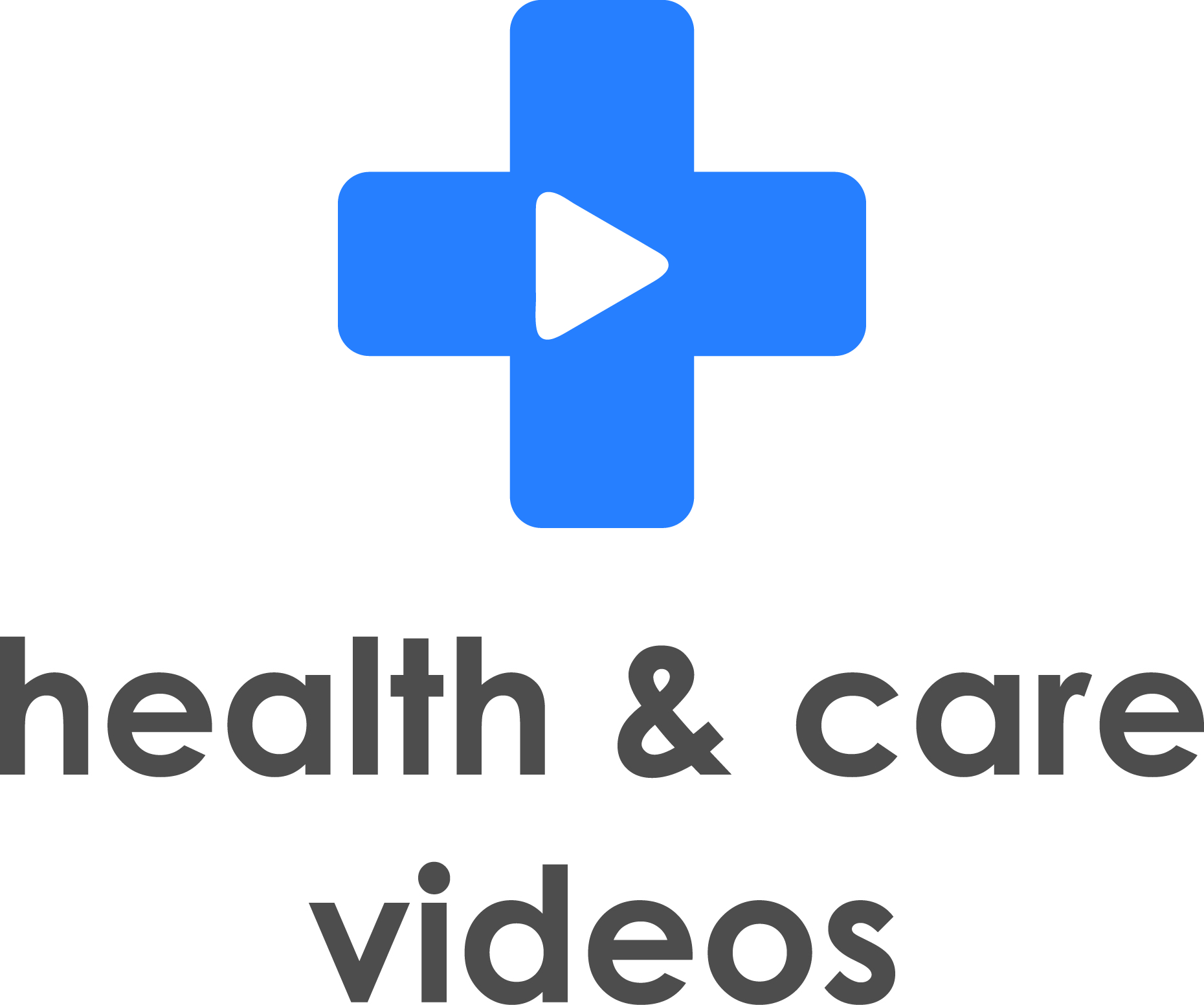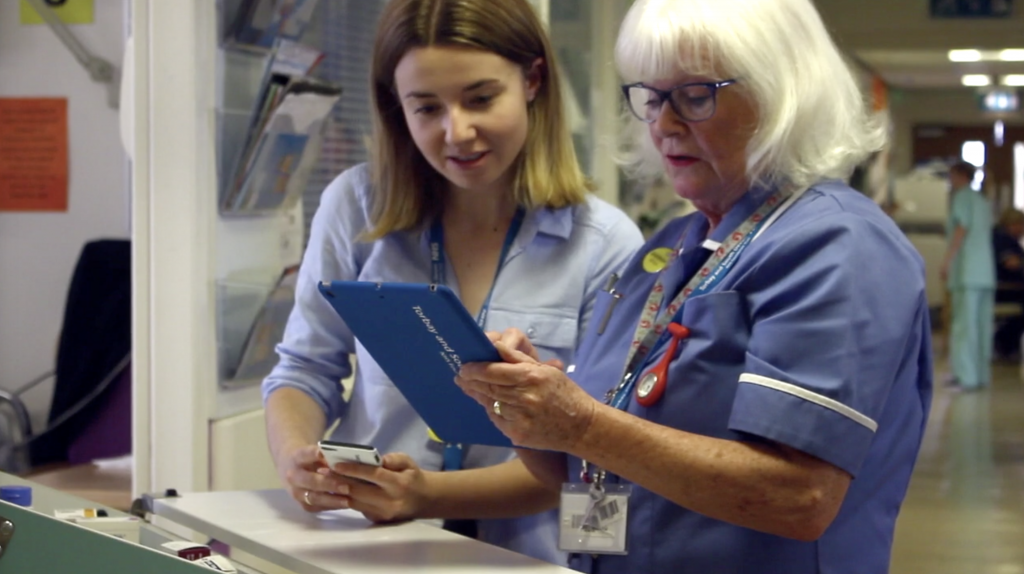Extensive studies have been conducted by highly reputable sources that show video really does work as a format for learning and reducing demand. We curate information on these studies on an ongoing basis and have outlined a small sample below but please contact us if you are interested in seeing the results from other studies.
Authors: Catriona Gunn, Ailsa Gebbie, Sharon Cameron
Published: Journal of Family Planning and Reproductive Health Care, 22 September 2015
Study: Increasing demands for long-acting reversible contraception (LARC) within NHS Lothian had led to long waits for women requesting intrauterine contraception (IUC). As insertion of LARC to reduce unplanned pregnancy was viewed as a top priority, the Sexual and Reproductive Health (SRH) Service in Lothian wished to simplify access to this highly effective method of contraception. The aim was to improve the pathway to insertions, and reduce the number of visits required to the Chalmers Sexual Health Centre. With assistance from the Department of Medical Photography and a local film company, a short film was developed in digital video disk (DVD) format based on the Faculty of Sexual & Reproductive Healthcare (FSRH) guidance document on IUC.3 This DVD was developed by a senior SRH consultant, and reviewed by the NHS Communications Team, who deemed it suitable for patient viewing. The DVD described the types of IUC, the risks and benefits, the suitable timing of insertion and potential side effects; the film’s duration was 11 minutes. This short DVD film was uploaded onto the NHS Lothian Sexual Health website and displayed prominently on the home page.
Results: The number of clinical contacts per fitting was significantly more in 2013 compared to 2014. In total, 79/100 women had a clinical consultation (face-to-face or by telephone) in 2013 compared to 7/100 women before IUC insertion in 2014 (p<0.0001 using Fisher’s exact test).
In terms of a busy clinical service, this significant reduction in the number of clinical encounters being utilised for IUC counselling has been highly beneficial, as it increases the opportunities for clinic staff to see more individuals with other priority SRH conditions.
See the full study here.
Authors: Jeppson, Peter Clegg, Clark, Melissa A, Hampton, Brittany Star, Raker, Christina A, Sung, Vivian W
Published: The Journal of Urology, Oct 2013, vol. 190, no. 4, p. 1300-1305 (October 2013)
Study: 1) Identified patient SNS information needs through interactive focus groups. 2) Developed an innovative Educational Video with content based on the domains identified through the focus groups. 3) Pilot tested and then performed a randomised trial estimating the effect of EV vs the standard Manufacturer’s Video on short-term patient knowledge and attitudes regarding SNS. Knowledge questionnaire about SNS, and patient attitude questionnaire.
Results: Short term knowledge improvements with EV over and above MV apart from the domains of surgery and anatomy. Knowledge scores improved in each group but the educational video group had a greater score improvement (76.6 vs 24.2 points, p <0.0001). Also better attitude after viewing in EV group.
See the full study here.
Authors: Crabtree, Traves D, Puri, Varun, Bell, Jennifer M, Bontumasi, Nicholas, Patterson, G Alexander, Kreisel, Daniel, Krupnick, Alexander Sasha, Meyers, Bryan F
Published: Journal of the American College of Surgeons, May 2012, vol. 214, no. 5, p. 816 (May 2012)
Study: 150 control patients first. Then the intervention was introduced and 150 patients received that care.
Video: An educational video was developed outlining preoperative, operative, and postoperative expectations for patients undergoing pulmonary resection.outlines several aspects of lung surgery from the preoperative clinic visit, preoperative testing, day of surgery activity, surgical techniques, early postoperative expectations, and expectations at and after discharge to home. The video discussed postoperative pain management, chest tube management strategies, postoperative pulmonary exercises, and expectations for respiratory and physical therapy when in the hospital and after discharge.
Groups: Control group had routine pre-op discussion including written material. Study group had the supplemental video programme in addition to routine discussion.
Results: Results: LOS (p=0.2) and readmission rates (p=0.3) were similar. At discharge, patients in the study group reported less pain at rest (0.98 ± 0.09) vs controls (1.39 ± 0.11) (p = 0.01) with no difference in pain with lifting or coughing. Pain similar at FU. Patients in the study group reported better overall satisfaction with their operation (2.14 ± 0.07 vs 1.85 ± 0.07; p = 0.02), believed they were better prepared (2.01 ± 0.07 vs 1.70 ± 0.06; p = 0.006), and reported less anxiety about the surgical experience (2.79 ± 0.10 vs 2.24 ± 0.09; p = 0.0001).
30 dropouts and 33 people did not watch the video in the study group pre-op. Significantly more patients receiving an open procedure (vs VATS) in the control group (p=0.07), but pain scores were the same between both procedures.
See the full study here.
Published: Journal of Shoulder and Elbow Surgery / American Shoulder and Elbow Surgeons [et al.], Jun 2014, vol. 23, no. 6, p. e134.
Study: This study was a surgeon-blinded, randomised controlled trial involving 40 consecutive patients requiring shoulder arthroscopy. After a preoperative consultation with an orthopaedic surgeon, patients were randomised in a 1:1 ratio to either a control group or a treatment group. The treatment group viewed a 10-minute video, which covered the expected preoperative, intraoperative, and postoperative experience. The video followed a typical patient from the preoperative clinic visit to the day of surgery and then to the follow-up appointment and physiotherapy, including an intraoperative video of a standard shoulder arthroscopy. The video did not contain any new information that was not presented during the preoperative consultation.
Results: The video group (N = 15) answered 87% of the knowledge questions correctly, whereas the control group (N = 19) answered only 56% (P = .000). There was stronger agreement in the video group that the preoperative consultation contained an appropriate amount of information (P = .039). Postoperatively, there was agreement that the video was an effective preparation tool for all stages of the surgical experience. However, there was no difference between the groups in satisfaction with their overall surgical experience. The control group scored their satisfaction with a mean VAS of 9.5, whereas the video group had a mean of 9.3, showing no significant differences in their responses (P= 0.445). There was general agreement that the video was an effective preparation tool.
See the full study here.
Published: Computers, Informatics, Nursing : CIN, Jun 2014, vol. 32, no. 6, p. 294-298
Study: Patients with glaucoma after trabeculectomy were randomly divided into two health education groups. One group was a watch video group (43 patients, 43 eyes), while the other was an orally taught health education group (43 patients, 43 eyes). Patients were followed up for 1 week, 1 month, and 3, 6, and 12 months after discharge.
Results: The differences between the watch video group and orally taught health education group were not statistically significant at 1 week and 1 month, while the differences were statistically significant at 3, 6, and 12 months. The results indicated that health education videos can enable glaucoma patients to have a better mastery of ocular massage after trabeculectomy. According to the needs of patients, health education video use produced good results and should be promoted.
See the full study here.
Published: J Surg Oncol 105(1):48–54 2012
Study: A previous study obtained baseline information on patient knowledge which demonstrated that the apparent understanding of basic breast cancer concepts was suboptimal (mean score 6.7/11; 61%) in the population evaluated. Subsequently an 8 min video was designed to facilitate the understanding of these concepts. The next 40 consecutive patients who saw the video were then administered the same 11 item questionnaire. After the completion of their office visit, patients were given a “prescription” to watch the video in the Family Learning Centre.
Results: Some demographic differences between the groups. The patient population as a whole was undereducated, as 51% had less than a high school education. The group who saw the video had a higher mean number of questions correct (6.7 vs. 8.9, P = 0.0007). The group of patients who saw the video answered significantly more of the 11 questions correctly overall (8.8 vs. 6.7, P = 0.0005). Interestingly 90% of all respondents correctly answered the question on the value of screening mammography, however, only 37% of these patients underwent screening mammograms. A multiple linear regression model adjusting for years of education, language, and seeing the video, revealed that having seen the video (P = 0.0029) and years of education (P = 0.0002) remained significantly associated with higher score.
See the full study here.
Please contact us if you are interested in seeing the results from other studies.

